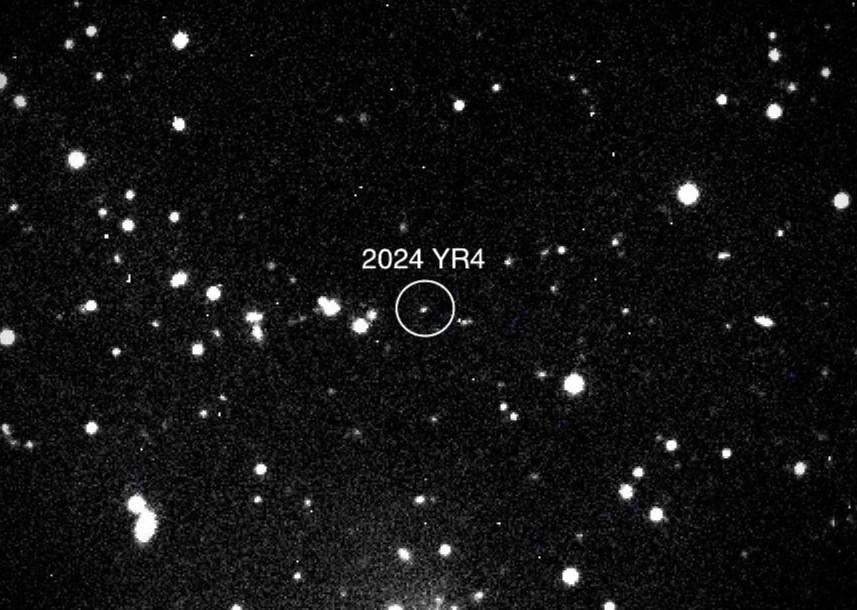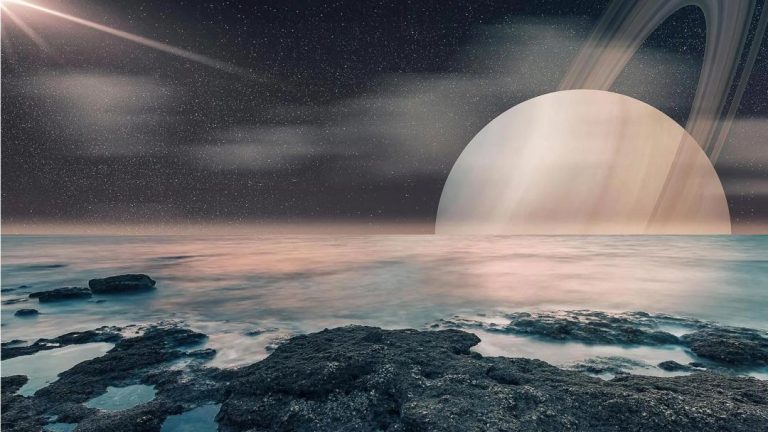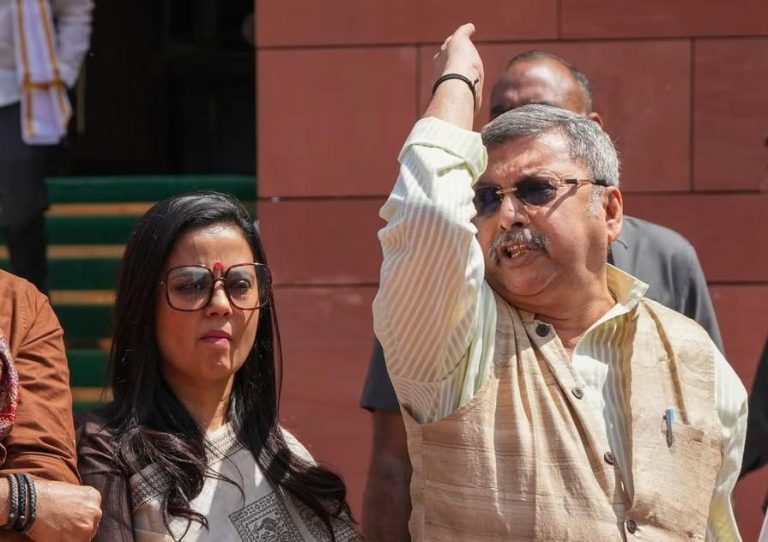
City Killer’ asteroid now has near-zero chance of hitting Earth: NASA
In a significant development, NASA has significantly lowered the risk of asteroid 2024 YR4 as an impact threat to Earth for the foreseeable future to a mere 0.004%. This dramatic reduction in the chances of impact comes as a huge relief to scientists and the general public, who had been worried about the “City Killer” asteroid’s potential to devastate our planet.
As recently as 2021, astronomers had been tracking the asteroid, which was initially given a 1 in 600 chance of impacting Earth on December 22, 2032. The asteroid’s nickname “City Killer” was a reflection of the catastrophic damage it could have caused if it were to make landfall.
However, NASA’s latest calculations have greatly diminished the chances of impact, thanks to more accurate predictions of the asteroid’s trajectory. According to NASA, the range of possible locations the asteroid could be on December 22, 2032, has moved farther away from the Earth.
The reduction in the asteroid’s impact risk is attributed to the collection of additional data and observations, which have provided scientists with a better understanding of the asteroid’s path. NASA’s asteroid tracking efforts have been ongoing for several years, with the agency using a combination of ground-based telescopes, space-based observatories, and computer models to monitor the asteroid’s movement.
The asteroid 2024 YR4 is classified as a potentially hazardous asteroid (PHA), which means it has a minimum orbital intersection distance with Earth of less than 0.05 astronomical units (AU). One astronomical unit is the average distance between the Earth and the Sun. Despite its classification as a PHA, the asteroid’s relatively small size, estimated to be around 1,100 feet (335 meters) in diameter, reduces the potential damage it could cause if it were to impact Earth.
The “City Killer” asteroid’s brush with disaster has sparked a renewed focus on asteroid tracking and mitigation efforts. NASA has been working on several initiatives to detect and track near-Earth objects (NEOs), including the development of a new asteroid detection system, known as the Near-Earth Object Surveyor (NEOS), which is scheduled to launch in 2026.
The NEOS mission will use a combination of telescopes and cameras to detect and track NEOs, including potentially hazardous asteroids like 2024 YR4. The mission will also provide scientists with valuable data on the asteroids’ shapes, sizes, and orbital paths, which will help improve their ability to predict and prepare for potential impacts.
The 2024 YR4 asteroid’s near-miss has also highlighted the importance of international cooperation in asteroid tracking and mitigation efforts. NASA has been working closely with other space agencies, including the European Space Agency (ESA) and the Chinese National Space Administration (CNSA), to share data and resources, and to develop joint strategies for detecting and tracking NEOs.
In conclusion, the reduction of the 2024 YR4 asteroid’s impact risk to near-zero is a significant development that highlights the importance of continued investment in asteroid tracking and mitigation efforts. NASA’s dedication to monitoring the skies for potentially hazardous asteroids like 2024 YR4 has helped to ensure the safety of our planet, and it is essential that this work continues to be supported and funded.






